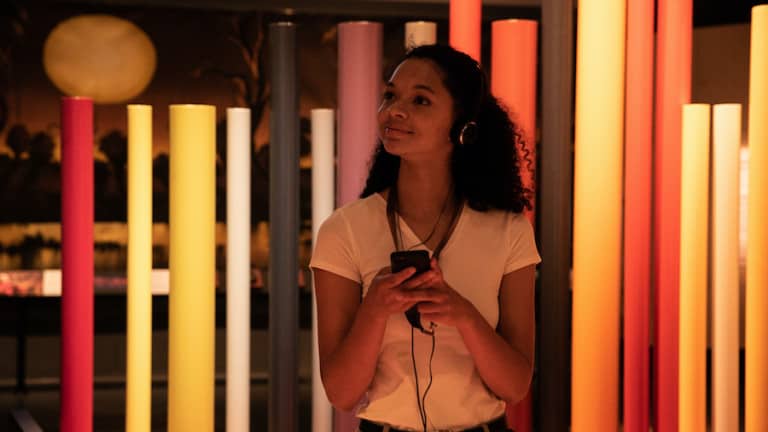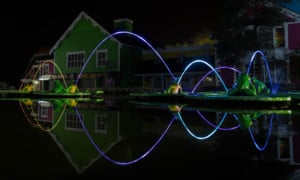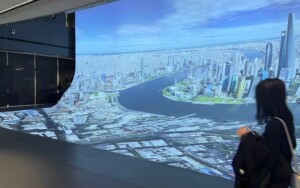Art Processors, the experiential design consultancy, assists the new Western Australian Museum Boola Bardip in creating a database-integrated site-wide digital platform and mobile guide during difficult times.
The museum, designed and built by Multiplex, Hassell + OMA, opened in the Perth Cultural Centre in late 2020. The $400 million project includes 9 permanent galleries, life-long learning studios, retail, café and public spaces.
How to tell many stories
Boola Bardip translates to “many stories” in the Whadjuk Noongar language. The name is a nod to the role First Peoples play in the regions shared cultural heritage. The Museum views itself as “a place to share Western Australia’s many stories. Our people, our places and our role in the world.”
The curatorial staff at the museum created a plan to honour the integrity of the Museum’s mission whilst also engaging visitors through an interactive, multimedia digital platform.
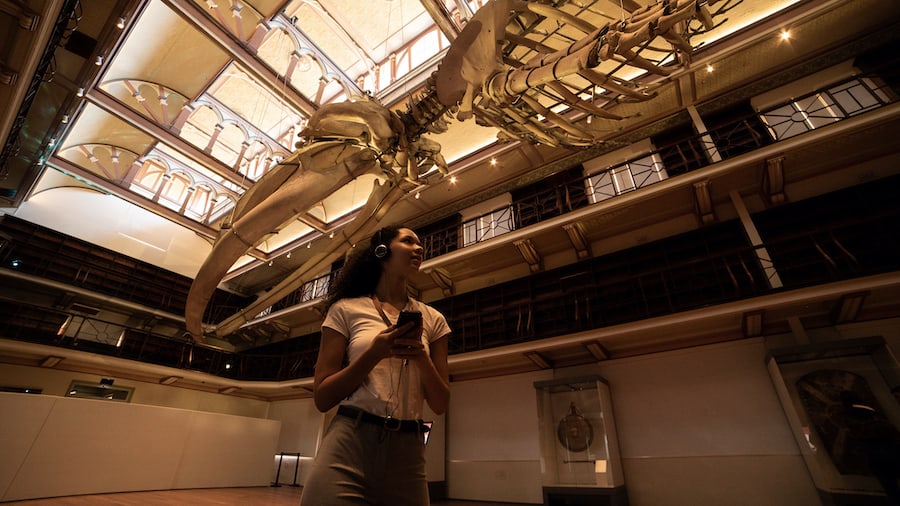
“Getting the digital platform right was an essential part of the concept for the new Museum,” says Helen Simondson, WA Museum Boola Bardip site manager. “The focus was on layering content through multiple perspectives and stories across the eight main galleries.”
The platform needed to be flexible yet accommodate a huge amount of multimedia content—and be user-friendly, too. Accordingly, the Museum engaged Art Processors to design and build the new site-wide digital platform.
Art Processors built the Gogo app for the project. The app is designed to be accessible on both Apple and Andriod smartphones.
For Tony Holzner, Creative Director and Co-Founder of Art Processors, the team was interested in creating “a depth of material and content way beyond the traditional mechanisms of museum labels and the audio tour”.
He continued, saying “one of the important trends we are seeing in the Museum space is how they can leverage the power of everyone’s portable devices, and by focusing on the emotive side of visitor engagement, create this depth, diversity and a lasting gallery experience.”
Remote challenges
When the COVID-19 pandemic hit Australia, the Art Processors staff were not able to travel from Melbourne to Western Australia to complete the in-person consultation and assessment that is standard for such a large project.
“It was complex on a few different levels, including content production, software, plus user experience,” says Jamie Houge, a producer. “All three of those components were quite involved, and Covid-19 threw up some extra hurdles.”
Since they were unable to travel to the site, the Art Processors team had to find another solution. They worked closely with key Museum staff and hired local contractors for both on-the-ground technical and creative work.
Location-based storytelling
“One of the unique aspects of the work is that it’s location-aware,” says Houge. They installed Bluetooth beacons throughout the galleries and external spaces to create a digital blueprint of those spaces.
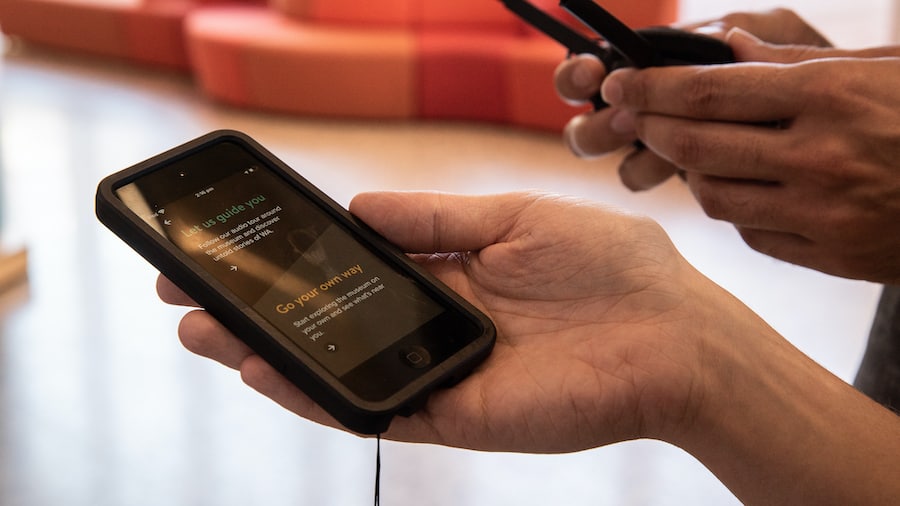
As visitors move through the space, beacons trigger content and deliver it to the app, enriching the tour experience. Holzner points out another key feature.
“It enables the Museum to collect data and insights and analytics on what visitors have been paying particular attention to, such as how much time they spend listening to pieces of audio and how long they spend in specific galleries, and the exhibits and content that resonate most strongly.”
Delivering app content
The collaborative team worked on 80 major exhibits included in audio tours on the iOS and Android Gogo app. Many hero exhibits like Otto the Blue Whale Skeleton, the GhostNet Crocodile sculpture, and Batavia shipwreck also feature special elements.

For Holzner, the Gogo app shows what is possible in the contemporary audio experience space. It adds an emotional element to what visitors in a museum are looking at. He says that “once the headphones are on it’s like stepping inside a film where the exhibits become a stage for the story to unfold as visitors wander the new museum at their own pace.”
These “snackable” elements— for instance, a 3-D model, video or AR experience—augment and enhance the tour’s audio elements. And because the tours can be either museum-led or self-guided, visitors can personalize their experience. The platform also allows Museum staff to easily update exhibit and app content. They can also access data on visitor engagement.
For Simondson, “Art Processors is a quality company, and they understood the sort of production value and sensibility we were after but also understood the need for stakeholder and community consultation in what was a concise period in creating the platform”.
Previously, Art Processors worked with its long-term partner, the Museum of Old and New Art (Mona) in Hobart, Australia, to help it reopen safely in the wake of the global pandemic.
